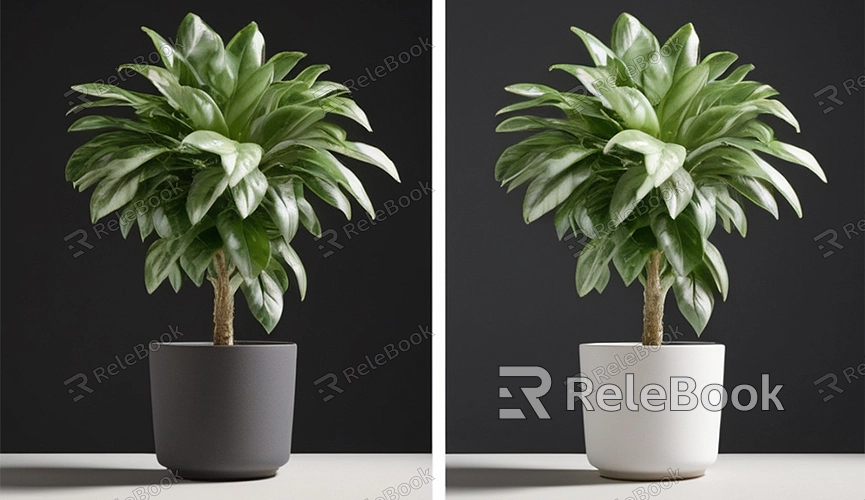How to render without background blender
Blender is a powerful 3D modeling and rendering software widely used in animation, gaming, and visual effects industries. Sometimes, we need to render images without backgrounds for more flexible compositing in post-production. This article will introduce how to render background-free images in Blender, helping you easily achieve this goal.
What is Background-Free Rendering?
Background-free rendering refers to generating images with transparent backgrounds, typically saved in PNG format. These images can be easily overlaid onto other backgrounds, making them particularly suitable for image compositing and post-processing.

Steps to Render Background-Free Images in Blender
1. Open Blender and Set Up the Scene
First, launch Blender and open your project file. If you don't have a scene yet, you can create a simple one. For example, add a cube and a light source.
2. Set Up the Renderer
In Blender's top menu bar, select the renderer. Typically, Eevee and Cycles are good choices. Eevee is suitable for quick previews, while Cycles is more suitable for high-quality final renders.
3. Configure the Render Settings
Next, in the properties panel on the right side, find the "Render Properties" tab. Make sure the "Film" tab is selected and check the "Transparent" option. This step is crucial as it tells Blender to set the background as transparent when rendering the image.
4. Adjust the Output Settings
In the "Output Properties" tab, choose the output format for the image. It's recommended to select the PNG format because it supports transparent backgrounds. Make sure to check the "RGBA" option to preserve the image's alpha channel.
5. Set Up Lighting and Materials
Ensure that your scene has proper lighting and material settings. You can enhance the rendering by adding light sources and adjusting materials. Remember that the transparent background does not affect the lighting effects on objects, so you still need to pay attention to lighting and material settings.
6. Render the Image
Once everything is set up, press F12 to start rendering. Wait for the rendering to complete, then press F3 to save the image. Make sure to choose the PNG format and check the "RGBA" option to preserve the transparent background.
Common Issues and Solutions
1. Background Still Appears Black
If the background remains black after rendering, it may be because the transparent option is not set correctly. Check if the "Transparent" option under the "Film" tab is checked, and if the output format is set to PNG and "RGBA" is enabled.
2. Poor Rendering Quality
If the rendering quality is poor, you can try the following methods:
- Increase the sampling count: Increasing the sampling count in the "Render Properties" can significantly improve the image quality, especially when using the Cycles renderer.
- Adjust lighting: Ensure that the light sources in the scene are set up properly to avoid being too dark or too bright.
- Optimize materials: Use high-quality materials and textures to enhance the surface details of objects.
3. Large File Size
While PNG format supports lossless compression, file sizes may still be large. You can further compress the image size using image editing software such as Photoshop or GIMP while ensuring that the transparent background is preserved.
Rendering background-free images in Blender is a simple yet useful technique that can be achieved through several steps: configuring the renderer, setting up a transparent background, choosing the appropriate output format, and rendering. Background-free images offer great flexibility in post-production and are suitable for various applications. I hope this article helps you master this technique smoothly and enhances your Blender experience.
By correctly setting up the renderer and choosing the appropriate output format, you can easily render background-free images in Blender, making post-processing more efficient and convenient. This technique is particularly important in image compositing, advertising design, and visual effects production. If you need many high-quality 3D textures and HDRI or 3D model downloads while creating models and virtual scenes, you can download them from Relebook.

